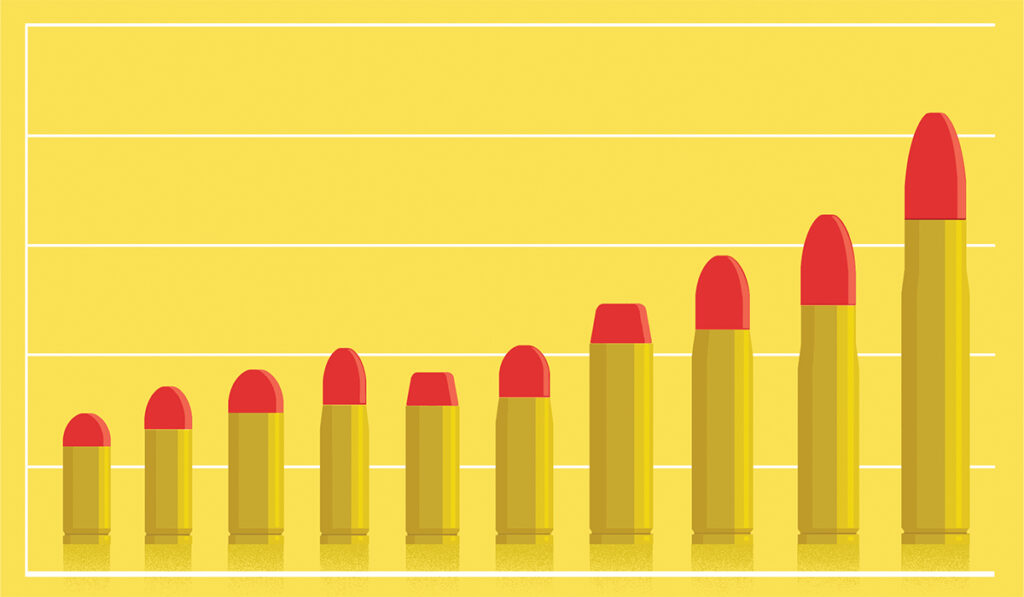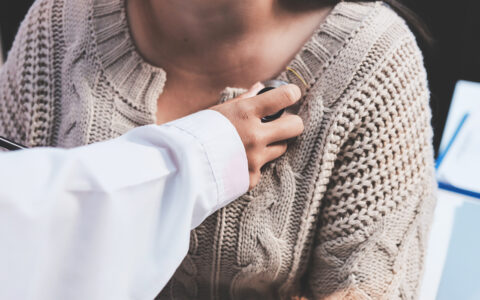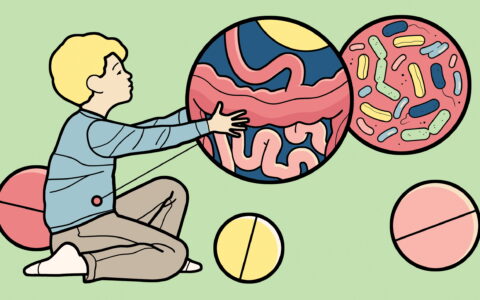Health care costs are far higher for children suffering nonfatal firearm wounds when compared to their non-injured peers, even when the victim’s initial hospitalization is excluded from the tally, a recent study in Pediatrics reports.
“Children with firearm-related injuries were more than five times as likely to require inpatient hospitalization in the 12 months after the event when compared to closely matched children who had no such injury,” said Kelsey Gastineau, M.D., assistant professor of pediatrics at Vanderbilt University Medical Center.
The cost differential was $7,581 for injured youth compared with $1,990 for youth never injured by a firearm, a difference of $5,991.
Previous studies examining differences in health care use and costs between firearm-injured children and other children were scanty and looked primarily at short-term effects, Gastineau said.
“We needed to quantify this, looking at health care in the inpatient and outpatient realm,” Gastineau said. “How often are they going to the general practitioner? To occupational therapy, to PT, or back to the emergency department?”
Across-the-Board Rise
Gastineau worked with an all-female, multidisciplinary research team. They studied health care utilization, which they defined as coming back to the pediatrician, emergency department or hospital and the costs incurred for such care over 12 months for a group of youngsters who had sustained a nonfatal firearm injury. The researchers compared that group’s total health care utilization and costs to the total health care utilization of a nearly identical group of children and teens.
For children in both groups, the research team compiled the number of outpatient and emergency department visits, hospitalizations and cost for a variety of services in the year following the initial injury. All costs covered by insurance, either Medicaid or private insurance, were included, as were all costs incurred by families for coinsurance, deductibles and other out-of-pocket health care expenses.
“The human toll is obviously devastating and should be enough to prompt changes, but some policy makers need a more holistic view that includes the human costs and the economic ones.”
“In the 12 months post-index encounter, 11.6 percent of injured youth had at least one claim for inpatient hospitalization compared with 2.2 percent of noninjured youth (P < .0001). Regarding ED visits, 41.5 percent of youth with a nonfatal firearm injury had at least one claim for ED visits compared with 27.8 percent of youth without a nonfatal firearm injury (P < .0001),” the authors wrote.
The researchers calculated the average cost of medical care for an injured child in the year following the index gun incident, as well as those totals for youngsters who had not been shooting victims to arrive at the figures of $7.581 and $1,990, respectively.
These values do not include the price of the initial, often highly expensive hospitalization for the initial injury.
The disproportionate impact of firearm injuries and deaths on Black, Medicaid-insured adolescent males is well established, the research team stated.
Propensity Score Validation
“The two groups were as equal as possible, except the second group had no firearm injuries,” Gastineau said. “The study got close to being a randomized controlled trial without us actually having to do a randomized controlled trial.”
The approach they used to achieve such rigor was a propensity scoring analysis.
With randomized controlled trials being difficult to carry out in many situations, including comparing children with and without nonfatal firearm injuries, the authors turned to the use of propensity scores.
The propensity scoring model predicts the likelihood of treatment or intervention based on a defined set of patient variables. The scoring evaluates two sets of patients on observed characteristics in a manner that reduces bias in the interpretation of effects.
“Approximately three million children witness a shooting each year in the U.S. One in five high school students has witnessed a shooting, and those who have are at greater suicide risk.”
This reduction of bias is achieved by matching study participants very carefully. Ultimately, important characteristics for participants in both arms of the study are uniformly distributed. Researchers create study groups which are well-matched in terms of demography and diagnosis and can therefore correctly assess the relationship between a treatment or intervention and an outcome.
Devastating Ripple Effects
The researchers observed how the effects of firearm injuries fan outward, taking a toll on witnesses to the incident and relatives and friends of the injured child. This means that in actuality, there are even greater health care costs than those accounted for in the study.
Approximately 3 million children witness a shooting each year in the U.S., Gastineau explained.
“For each child that dies from a firearm injury in the U.S., up to five times as many suffer nonfatal injuries. One in five high school students has witnessed a shooting, and those who have are at greater suicide risk,” she said.
Siblings of children who suffer gun violence incur significant effects on their physical and mental health, she added.
A SMART Approach to Storage
In Tennessee, half of all households with children has a firearm present, and 85 Tennessee children died of firearm injuries in 2021, Gastineau stated.
To help families keep their children safe, Vanderbilt has begun using Be SMART, a program to help gun owners and non-gun owners protect children.
Data in this field has been of keen interest to policy makers at the state and federal level, Gastineau said.
“The human toll is obviously devastating and should be enough to prompt changes, but some policy makers need a more holistic view that includes the human costs and the economic ones. This approach really resonates with them,” Gastineau said.





